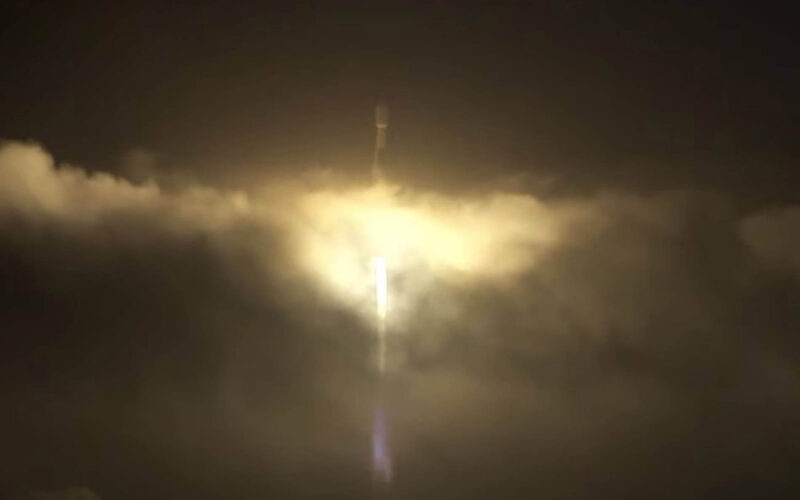On November 24, 06:21 UTC (1:21am EST), a SpaceX Falcon 9 carrying NASA’s Double Asteroid Redirection Test (DART) payload was launched from the Vandenberg Air Force Base.
According to NASA, the launch was a success and the spacecraft is on its way to orbit.
Asteroid Dimorphos: we’re coming for you!
Riding a @SpaceX Falcon 9 rocket, our #DARTMission blasted off at 1:21am EST (06:21 UTC), launching the world’s first mission to test asteroid-deflecting technology. pic.twitter.com/FRj1hMyzgH
— NASA (@NASA) November 24, 2021
The mission is designed to test the possibility of conducting planetary defense against large asteroids by redirecting them.
According to NASA, the spacecraft weighs 500 kilograms (1,100 pounds). Such a weight, coupled with its experimental ion propulsion thruster, provides DART with an ability to exert significant kinetic power upon collision.
On October 2, 2022, DART is expected to collide with Dimorphos, a city block-sized asteroid which, alongside Didymos, is part of a two-asteroid system that orbits the Sun.
The collision is expected to alter the orbit of Dimorphos sufficiently enough that the effect can be observed and measured from the Earth. This will allow scientists to test the viability of using similar collision technology in the event that an asteroid presents a threat to our planet.
According to NASA, Dimorphos does not pose a threat to Earth, and its orbit puts the two-asteroid system no closer than several million kilometers from the planet every few centuries.
After the collision, Didymos’ orbit will not change, and the pair will remain at safe distance.
NASA calls Didymos and Dimorphos a perfect testing ground to see if crashing a spacecraft into an asteroid is a viable way to change its course. The information, obtained through such testing, could prove invaluable should an Earth-threatening asteroid be discovered in the future.

